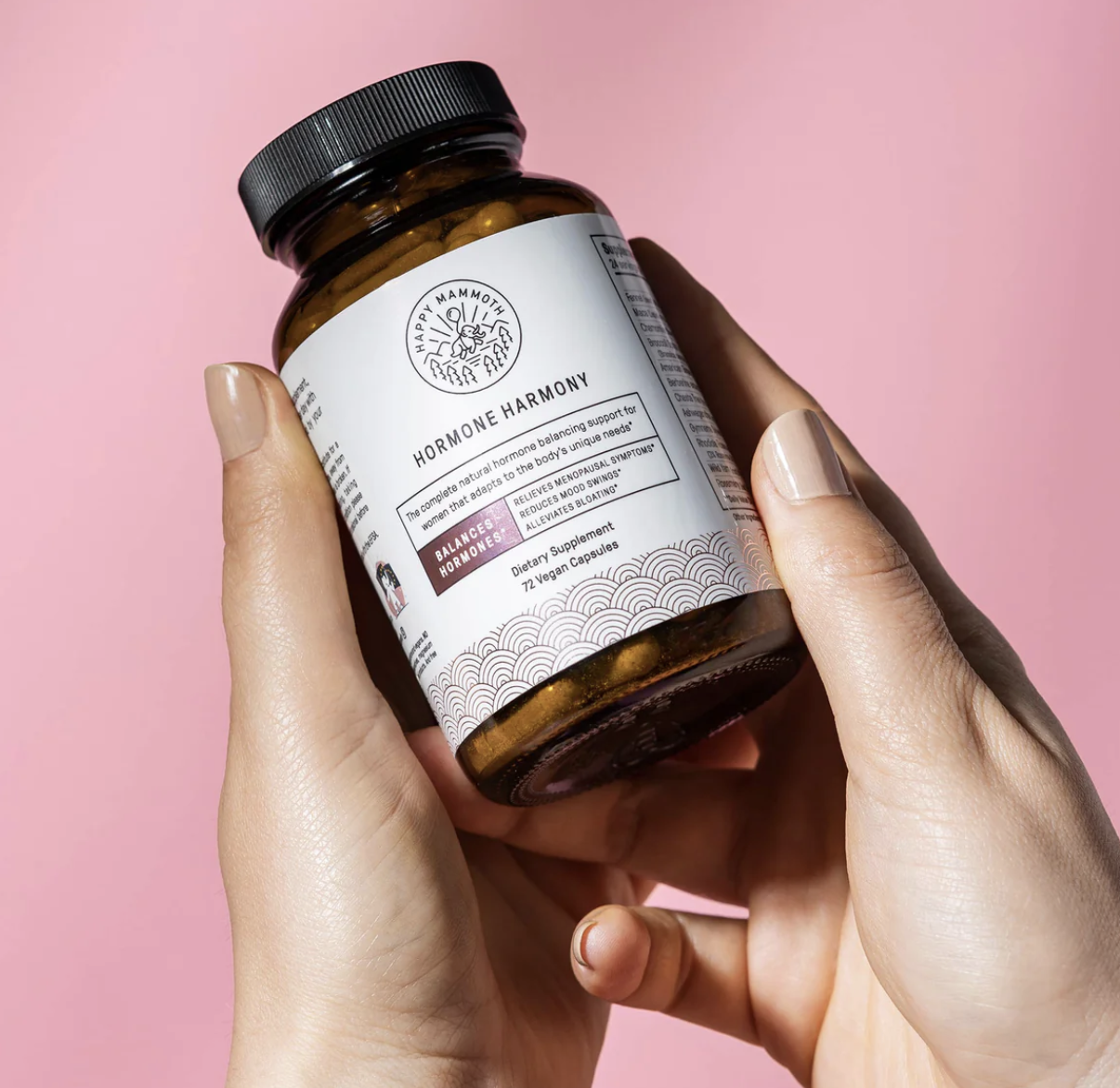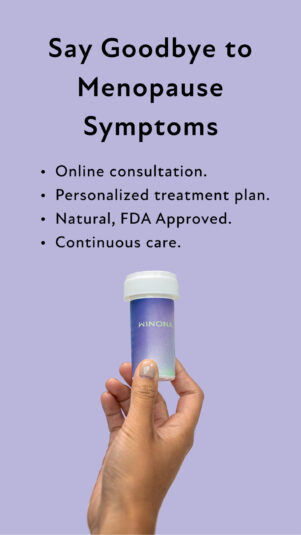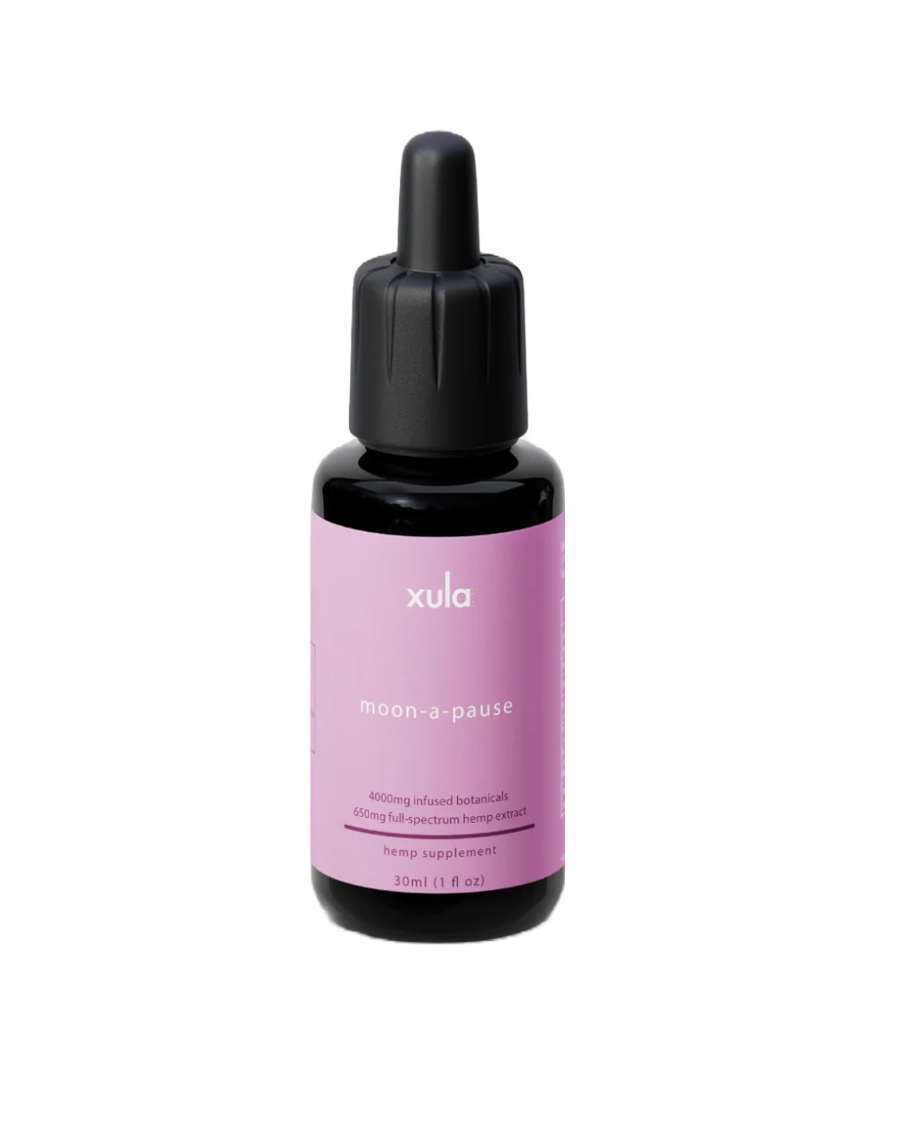Hormone Replacement Therapy (HRT) is a well-known treatment for managing menopausal symptoms and hormonal imbalances in women. But have you ever wondered what HRT is made of? In this article, we’ll uncover the components of HRT, including synthetic and bio-identical hormones, and explore how these elements work together to provide relief from the challenges of menopause.
Understanding Hormone Replacement Therapy (HRT)
HRT is designed to supplement or replace the natural hormones that decline during menopause. The two primary hormones involved in HRT are estrogen and progesterone, although sometimes testosterone is also included. Let’s take a closer look at these components:
Estrogen
Estrogen is a group of hormones produced by the ovaries that play a crucial role in a woman’s reproductive system. During menopause, estrogen levels decline significantly, leading to various symptoms like hot flashes, night sweats, and mood swings. HRT includes synthetic or bio-identical forms of estrogen to restore hormonal balance.
What are Synthetic Estrogens Made of?
Synthetic estrogen are lab-created estrogen compounds, such as conjugated equine estrogens (CEE) or ethinyl estradiol, which mimic the effects of natural estrogen. Ethinyl estradiol is also used for postmenopausal women who need estrogen supplementation to alleviate symptoms like hot flashes and vaginal dryness.
Common Types: There are several types of synthetic estrogens. For example, Ethinyl estradiol, which is commonly used in birth control pills, and conjugated equine estrogens (like Premarin), derived from the urine of pregnant mares.
Uses: Synthetic estrogen is mainly used to alleviate menopausal symptoms like hot flashes, night sweats, vaginal dryness, and to prevent bone loss (osteoporosis). It can also be used in birth control pills and in the management of other health conditions.
Benefits: The primary benefit of synthetic estrogen in menopause management is its effectiveness in reducing menopausal symptoms and improving quality of life. It’s also beneficial for bone health.
Risks and Side Effects: Just like bio-identical hormones, synthetic estrogen therapy comes with its own set of risks. These can include an increased risk of blood clots, stroke, and in some cases, breast cancer. Side effects might include nausea, breast tenderness, headache, and mood changes.
Combination with Progesterone: If you still have your uterus, combining estrogen with progesterone is important. This is because estrogen alone can increase the risk of endometrial cancer (cancer of the uterus lining). Progesterone helps to balance this risk.
Individualization of Treatment: The type of synthetic estrogen, dosage, and method of delivery (pills, patches, creams, etc.) should be tailored to your individual needs and health profile.
Monitoring and Consultation: Regular monitoring by your healthcare provider is crucial when you’re on synthetic estrogen therapy. This ensures the treatment’s effectiveness and minimizes potential risks.
What are Bio-identical Estrogens Made of?
Bio-identical hormones are crafted to chemically match the hormones your body naturally produces, like estrogen, progesterone, and sometimes testosterone. The idea is that because they’re structurally similar to your own hormones, your body might react to them more favorably.
Source: They’re often made from plant estrogens derived from soy and yams.
Customization: One of the big selling points is that they can be customized to your specific hormonal needs. This typically involves blood, saliva, or urine tests to determine your hormone levels, and then a compounding pharmacy creates a hormone regimen tailored just for you.
Forms: Bio-identical hormones come in various forms – pills, creams, gels, patches, and sometimes even pellets that are inserted under the skin.
Regulation: Here’s an important point – not all bio-identical hormones are created equal. Some are FDA-approved and have been rigorously tested for safety and efficacy. Others, especially those made in compounding pharmacies, aren’t FDA-regulated, which can raise questions about their purity, potency, and safety.
Benefits and Risks: The benefits are thought to be similar to traditional HRT – relief from hot flashes, better sleep, improved mood, and bone health. However, the risks are also believed to be similar, including potential increased risks of blood clots, stroke, and certain cancers.
Popularity and Controversy: Bio-identical hormones have gained popularity, especially among women looking for more “natural” treatments. However, they’ve also been surrounded by some controversy, particularly regarding the claims of being safer or more effective than traditional HRT, which isn’t strongly supported by scientific evidence.
Progesterone
For women who have not undergone a hysterectomy, progesterone is typically added to HRT to protect the uterine lining from overgrowth, which can lead to a condition known as endometrial hyperplasia. Progesterone is essential when estrogen therapy is administered.
Synthetic Progestins: Synthetic progesterones, like medroxyprogesterone acetate (MPA), are often used in HRT to fulfill the protective role. These progestins have a similar but not identical structure to natural progesterone.
Bio-identical Progesterone: Bio-identical progesterone, often referred to as micronized progesterone or natural progesterone, has the same molecular structure as the body’s own progesterone. Some women prefer bio-identical progesterone due to perceived advantages in terms of tolerability.
Testosterone
While estrogen and progesterone are the primary hormones addressed in HRT, some women may also receive testosterone replacement if they experience symptoms like decreased libido, fatigue, or mood changes during menopause. Testosterone can be administered in various forms, including creams, patches, or injections.
Customizing HRT for Individual Needs
It’s important to note that HRT is not a one-size-fits-all treatment. The choice between synthetic and bio-identical hormones, as well as the specific formulation and method of administration, should be tailored to individual needs and preferences. Healthcare providers carefully assess your medical history, risk factors, and the severity of her menopausal symptoms to determine the most appropriate HRT plan.

Hormone Happy
Contains a powerful blend of plant extracts shown to relieve symptoms of menopause.
HRT is a complex treatment that involves carefully balancing and replacing hormones to alleviate the symptoms of menopause. Understanding the components of HRT, including synthetic and bio-identical hormones, empowers women to make informed decisions about their health and well-being. As always, consult with a knowledgeable healthcare provider to discuss the most suitable options for your unique circumstances.











